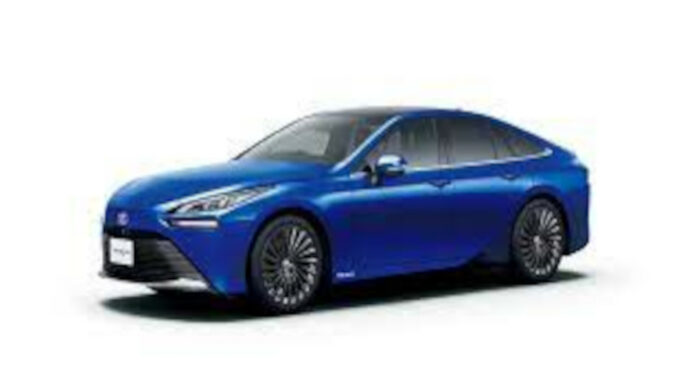Toyota Mirai
- Hydrogen fuel cell car sales in the US continued to rebound in the third quarter of 2023, with 966 units sold, up 531% year-over-year.
- This is the second consecutive quarter of record sales for hydrogen cars in the US.
- The Toyota Mirai is the dominant player in the hydrogen car market, accounting for 882 of the 966 units sold in Q3.
- Hyundai Nexo sales continue to decline, with only 68 units sold in Q3.
- Overall, hydrogen car sales in the US are expected to exceed 2,700 units in 2023, making it the best year ever for hydrogen car sales in the US.
- However, hydrogen car sales still lag far behind battery-electric vehicle (BEV) sales, which are expected to exceed 1 million units in the US in 2023.
- The number of open retail hydrogen stations in California decreased to 55 in Q3, down from 58 in Q2.
- There are currently 322 hydrogen cars per open retail hydrogen station in California.


Hydrogen Car Sales
The data illustrates several interesting trends and points concerning the hydrogen fuel cell vehicle (FCV) market, particularly in California, which is a pioneering state in the United States for this technology. Here’s an analysis of the situation, considering various factors that are influencing these trends:
- Strong Growth but from a Low Base: The FCV market is experiencing significant growth percentages, but it’s essential to recognize that these percentages are high due to the very low initial base. Just a few hundred vehicles can represent a massive percentage increase, which puts the figures in perspective compared to the more extensive electric vehicle (EV) market.
- The dominance of Toyota Mirai: Toyota’s commitment to hydrogen fuel cell technology and the success of the Mirai model are key drivers of the growth in FCV sales. The company has a strong brand and a history of reliability, which are likely contributing factors to Mirai’s dominance. However, the reliance on a single model/manufacturer reveals the market’s fragility.
Q3 2023
- Infrastructure Challenges: The growth of FCVs is significantly hampered by the lack of widespread, accessible refuelling infrastructure. The data indicates stagnation or even a decline in the development of new hydrogen stations. For potential customers, the practicality of owning an FCV is directly tied to the availability of refuelling stations.
- Competition with EVs: The FCV market is not only small compared to traditional internal combustion vehicles but also to EVs. The data indicates that all-electric car registrations are vastly higher. This discrepancy is likely due to several factors, including the more advanced charging infrastructure for EVs, a greater variety of models available, and the continually dropping prices of battery technology.
Refueling Infrastructure
- Market Commitment: The uncertainty surrounding Hyundai’s commitment to its Nexo model and the discontinuation of other models (like the Honda Clarity Fuel Cell) points to a lack of strong market commitment from manufacturers other than Toyota. This situation could be due to the higher costs of developing and producing FCVs, infrastructure challenges, and the strong competition from EVs.
- Long-Term Perspective: While reaching the milestone of 20,000 FCVs by 2025 is symbolically significant, it’s indeed somewhat underwhelming when considering the timeframe and the level of investment made in this technology, including incentives. However, technological and infrastructural developments in the future could potentially accelerate the adoption of FCVs.
In conclusion, while the FCV market in California is showing signs of growth, it remains niche, especially compared to the EV market. The infrastructure challenges, competition from more established vehicle technologies, and the lack of a wide range of vehicle choices are significant barriers. Whether FCVs can move beyond these barriers will depend on multiple factors, including advancements in technology, infrastructural developments, market strategies by automakers, and potentially broader environmental and political considerations, including how green hydrogen production can become.





































